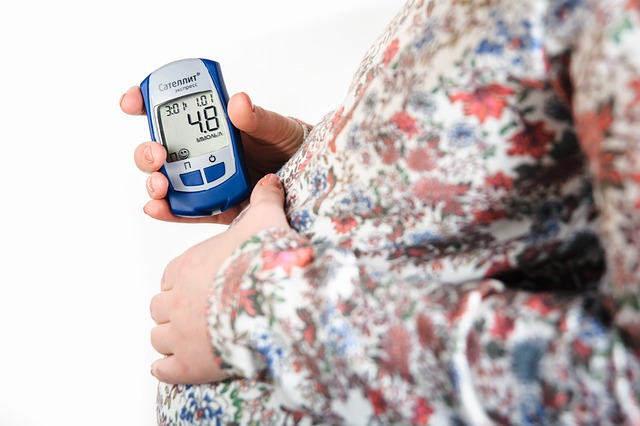Building a family is one of life’s most rewarding experiences, and everyone deserves the chance to do so. At PFCLA, we celebrate and support LGBTQIA+ couples on their journey to parenthood. With advancements in reproductive medicine, options for starting a family have never been more accessible. Reciprocal IVF is a fantastic choice for same-sex female couples, allowing both partners to participate in the creation of their child. In this guide, we’ll explore how reciprocal IVF works, its success rates, costs, and how to decide who will donate eggs and who will carry the baby, along with some alternative options.
What Is Reciprocal IVF?
Reciprocal IVF (in vitro fertilization) is a fertility treatment designed for same-sex female couples, enabling both partners to play significant roles in the conception process. In this approach, one partner donates her eggs while the other carries the baby to term. This unique arrangement provides a genetic connection for one partner and a biological bond through pregnancy for the other, fostering a deep emotional connection.
How Does Reciprocal IVF Work for Lesbian Couples?
In reciprocal IVF, one partner donates her eggs, and the other partner gestates the pregnancy. This method allows both women to be emotionally and physically involved in the pregnancy, enhancing their bond throughout the process. The first step is choosing a sperm donor—this can be an anonymous donor from a sperm bank or a known individual. The egg donor undergoes ovarian stimulation to produce multiple eggs, which are then retrieved and fertilized with the chosen sperm in our IVF lab. The resulting embryos are frozen and later transferred to the gestational partner’s uterus when she is ready.
Who Will Be the Egg Donor and Who Will Carry the Baby?
Choosing who will be the egg donor and who will carry the baby is a personal decision. If both partners are fertile, they can decide based on preferences, age, and health considerations. Generally, women under 35 have healthier eggs and higher success rates with IVF. If one partner has fertility issues, she may not be the ideal egg donor but could still successfully carry the pregnancy. Partners may also choose to switch roles for subsequent children, allowing each to have a biological connection with one child.
The Reciprocal IVF Process
The reciprocal IVF process is similar to a standard IVF cycle but divided between the two partners. Here’s a step-by-step breakdown:
- Egg Retrieval Synchronizing Cycles: The egg provider will have a medical evaluation, including ultrasounds and blood tests, to assess her eggs and hormonal levels. If everything looks good, she will take fertility medications to stimulate egg production. Once ready, an ultrasound-guided egg retrieval will be performed.
- Fertilization: The retrieved eggs are fertilized with donor sperm in a lab. After fertilization, the embryos are created, frozen, and prepared for transfer.
- PGT Implantation: Preimplantation Genetic Testing (PGT) is an important step, allowing couples to test embryos for genetic abnormalities before implantation. This ensures only healthy embryos are transferred to the carrying partner’s uterus, potentially increasing the chances of a successful pregnancy.
Success Rates of Reciprocal IVF
Reciprocal IVF has success rates similar to traditional IVF but can vary based on factors like the age of the egg donor, sperm quality, and the health of both partners. It’s not uncommon for couples to require multiple cycles to achieve a successful pregnancy.
Cost of Reciprocal IVF
The average cost of reciprocal IVF is typically over $20,000, though this can vary based on medication, sperm donor fees, and additional services like ICSI (Intracytoplasmic sperm injection) and PGT-A (preimplantation genetic testing). Always check with your insurance provider to see if fertility treatment is covered. Some clinics may offer financing options to help ease the financial burden of these treatments.
Risks and Considerations for Reciprocal IVF
While reciprocal IVF allows both partners to be involved in the conception process, it also comes with challenges. Factors such as the egg donor’s age, sperm quality, and overall health can affect success rates. The financial aspect of reciprocal IVF can also be considerable, but with modern advances in reproductive medicine, many couples find support through reputable fertility clinics.
For those considering home insemination methods, you can find helpful resources at Make a Mom, and for comprehensive information on pregnancy, visit Healthline. If you want a quick overview of the pregnancy journey, check out this blog post on our website about how to navigate your path to parenthood in just 120 seconds: Intracervical Insemination.
In summary, reciprocal IVF is a wonderful option for lesbian couples who want to share the experience of creating their family. By understanding the process, costs, and success rates, you can make informed decisions that align with your family-building goals.

